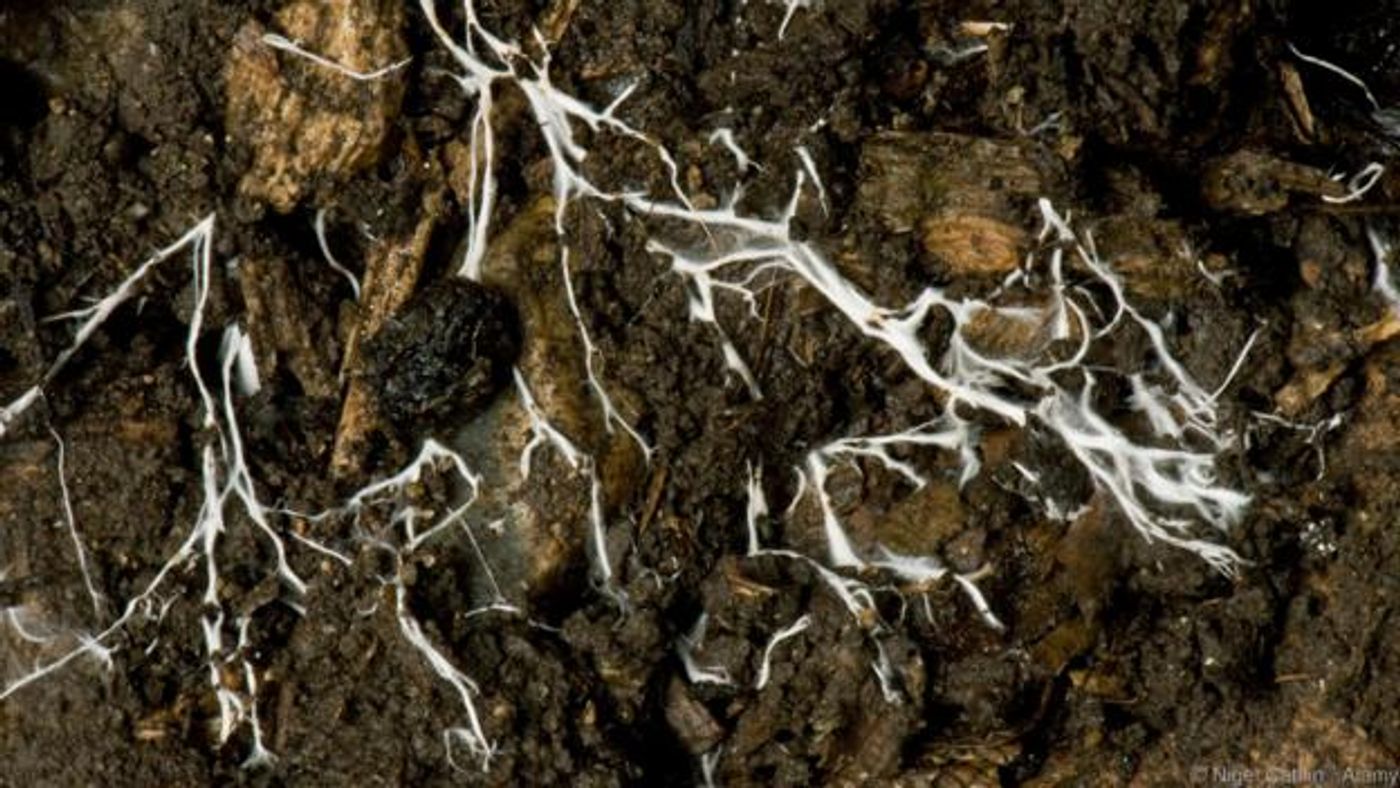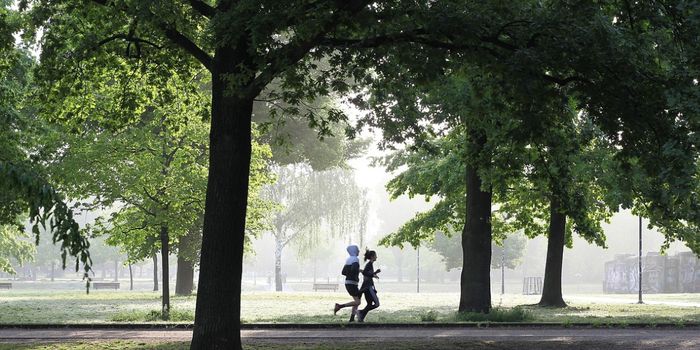Some call it the wood-wide web. Officially, it is known as the mycorrhizal network. And what is it actually? A vast internet of tiny fungi filaments that connect trees throughout entire forests.
Unlike photosynthetic plants, fungi cannot make their own food. And yet they are very good at getting nutrients such as nitrogen and phosphorous - something that plants need to survive. So, they make a deal through mycorrhizal mycelium (the tiny threadlike extensions of fungi that root around beneath the surface). With mycorrhizal associations, plants and fungi have a symbiotic relationship where plants provide fungi with food in the form of carbohydrates and fungi help plants suck up water and nutrients through their mycelia. Following the
BBC, it is estimated that approximately 90% of land plants are in mutually-beneficial relationships with fungi.
A
blog from Scientific American explains that “the fungus provides far more surface area for absorption (of nutrients and water) than the meager supply of short root hairs that the tree could grow alone.” Fungal networks also boost their host plants' immune systems. As
BBC states, “That's because, when a fungus colonises the roots of a plant, it triggers the production of defense-related chemicals. These make later immune system responses quicker and more efficient, a phenomenon called "priming".” Trees can even send chemical and hormonal messages via mycorrhizal networks to warn other trees (of the same and different species) about threat such as disruption from harmful fungi or herbivory from wildlife.
Suzanne Simard is one of the main scientists who has been on the case of this mycorrhizal ecology research for the last decades.
Among Simard’s revelations is the concept of Mother Trees. As explained by
Ecology, “At the hub of a forest’s mycorrhizal network stand the “Mother Trees”. These are large, older trees that rise above the forest, a concept illustrated in the movie Avatar. These “Mother Trees” are connected to all the other trees in the forest by this network of fungal threads, and may manage the resources of the whole plant community. Simard’s latest research reveals that when a Mother Tree is cut down, the survival rate of the younger members of the forest is substantially diminished.”
Additionally, Simard now believes large trees help out small, younger ones using the fungal internet. Without this help, she thinks many seedlings wouldn't survive. In the 1997 study, seedlings in the shade – which are likely to be short of food - got more carbon from donor trees. “The big trees were subsidizing the young ones through the fungal networks. Without this helping hand, most of the seedlings wouldn’t make it,” she stated.
Chemical ecologist, Kathryn Morris, tends to agree to Simard’s general concept. "These fungal networks make communication between plants, including those of different species, faster, and more effective," says Morris. "We don't think about it because we can usually only see what is above ground. But most of the plants you can see are connected below ground, not directly through their roots but via their mycelial connections."
Ecology summarizes the importance of this research, writing that “The concept of symbiotic plant communication has far reaching implications in both the forestry and agricultural industries. This revelation may change the way we approach harvesting forests, by leaving the Mother Trees in tact to foster regrowth. In agriculture, undisturbed mycorrhiza systems enhance plant’s ability to resist pathogens, and absorb water and nutrients from the soil, bringing into question common practices that disturb these underground networks, such as plowing.”
Sources:
RadioLab,
Scientific American,
BBC,
Ecology,
Wiley Online Library,
TED Talk









